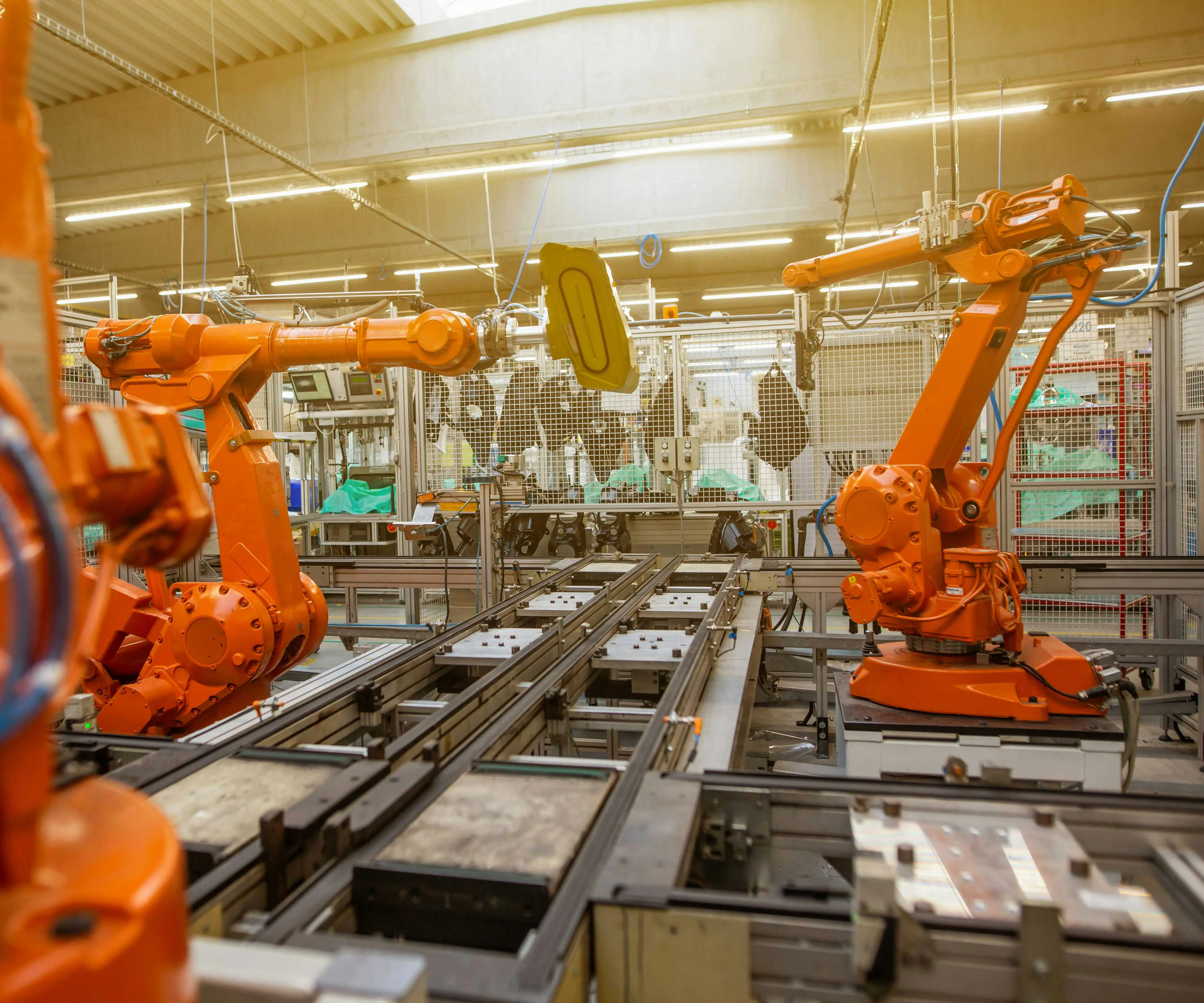Ever get lost in the dance of gears and currents inside a DC servo motor? Well, understanding the transfer function might just be the key to unlocking its true potential. Think of the transfer function as that silent translator—mapping out how input signals turn into movement, how control commands actually translate into physical motion, and how everything hangs together.

What’s really fascinating is how a simple input voltage doesn’t just magically make the motor spin. No, it goes through a bunch of steps, each with its own quirks. That’s where the transfer function comes in—teasing out all those relationships into something you can actually analyze. For example, when you give a step input, the motor's response isn’t instant; it takes a moment to ramp up. The transfer function helps you predict that behavior ahead of time.
But why should you care? Well, imagine tuning a high-performance car. You need to know how fast it reacts, how it accelerates, how it responds to sudden turns. Similar logic applies here. If you want precise control, understanding the transfer function allows you to fine-tune your system, making your servo motor respond exactly as you need—smooth, quick, reliable.
Ever wonder how the transfer function is calculated? It involves looking at the motor’s electrical and mechanical parameters—resistance, inductance, back EMF constant, inertia, damping—stuff that makes the motor tick. By combining these elements, you get a mathematical model that predicts how the motor behaves under different inputs. It’s like having a crystal ball for motor dynamics.
And here’s a little trick: tweaking that transfer function can improve performance without adding hardware. Small changes might make the motor respond faster, reduce overshoot, or damp vibrations. It’s a great way to optimize if you’re working on robotics, CNC machines, or anywhere rapid, precise movement matters.
Sometimes, it’s worth asking: “How does this fit into my project?” Well, if you need systems that operate smoothly, with minimal lag and maximum stability, a clear grasp of the transfer function is invaluable. It’s like navigating a ship—knowing the currents and winds helps you steer straight.
So, when considering a DC servo motor, think beyond just the specs. Dive into its transfer function. You’ll see how each element influences overall performance. You might find that adjusting control parameters carefully can make a huge difference—less jitter, more precision. Once you understand this relationship, customizing your motor’s behavior becomes second nature.
In the end, mastering the transfer function isn’t just for engineers—it’s about making smarter choices, optimizing performance, and transforming a simple motor into a powerhouse of efficiency. So next time you’re choosing a DC servo motor, remember: understanding its transfer function could be the game-changer you’ve been missing.
Established in 2005, Kpower has been dedicated to a professional compact motion unit manufacturer, headquartered in Dongguan, Guangdong Province, China. Leveraging innovations in modular drive technology, Kpower integrates high-performance motors, precision reducers, and multi-protocol control systems to provide efficient and customized smart drive system solutions. Kpower has delivered professional drive system solutions to over 500 enterprise clients globally with products covering various fields such as Smart Home Systems, Automatic Electronics, Robotics, Precision Agriculture, Drones, and Industrial Automation.




































